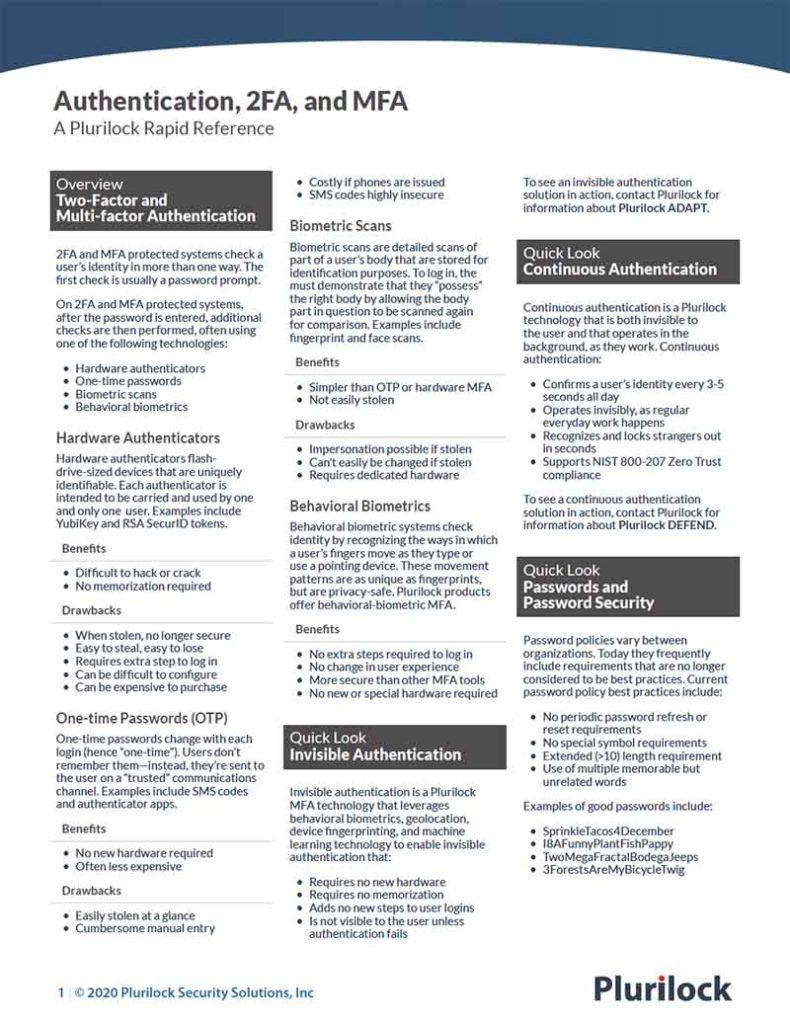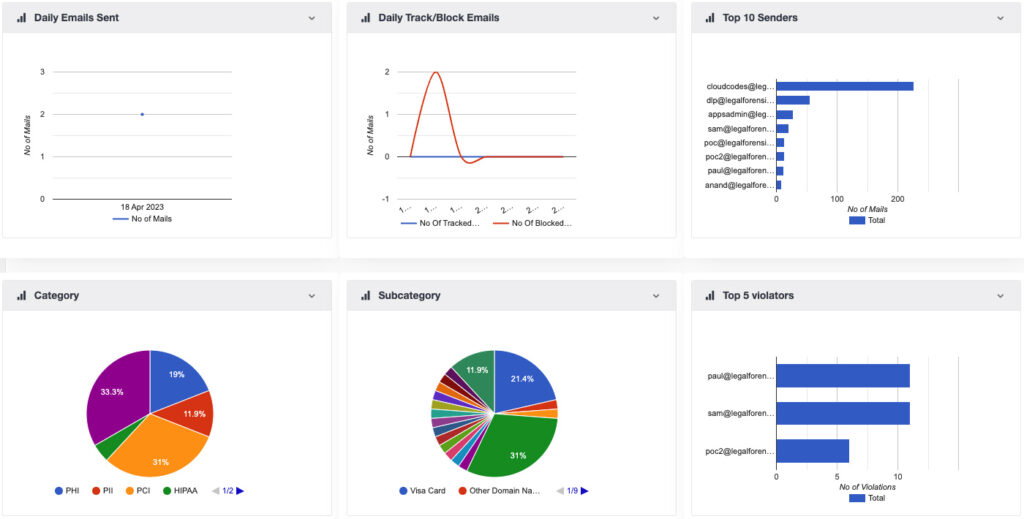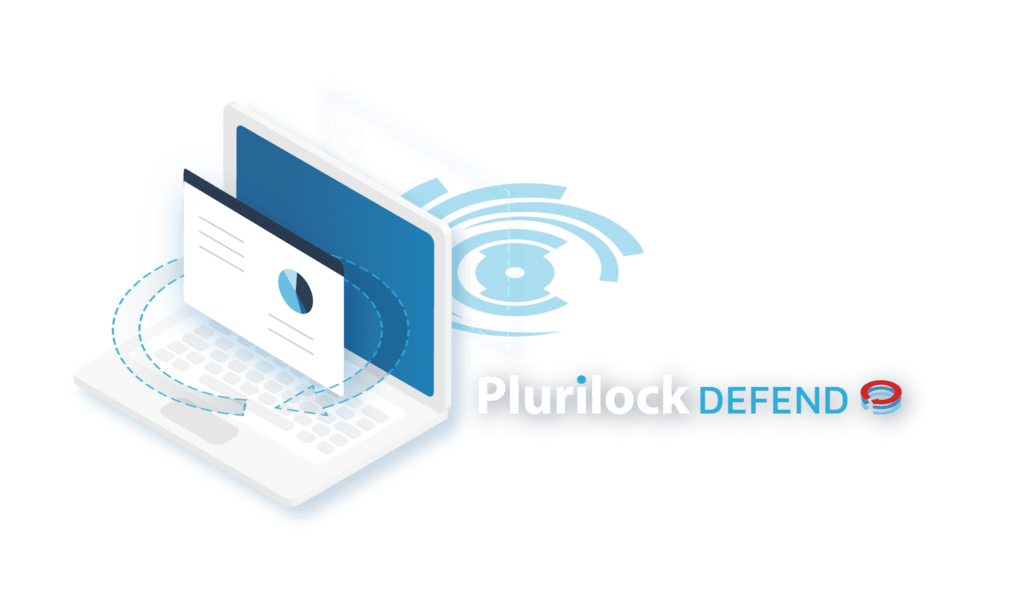Cybersecurity Reference > Glossary
Attack Surface
An attack surface is a conceptual "area" of use and activity where security vulnerabilities may exist, and which therefore becomes a target for cybersecurity attacks.
Common attack surfaces include networks, consoles, login prompts, integration endpoints, support teams and call centers, or any other avenues through which an attacker may plausibly seek vulnerabilities that can be exploited in order to gain illicit access to an organization's systems, data, or resources.
Security-minded organizations common seek to reduce their overall "attack surface area" in order to lower the probability that an attacker will be able to find and exploit a vulnerability in order to achieve such access.

2FA/MFA Rapid Reference
Authentication at a glance
Download the 2FA/MFA Rapid Reference now:
- 2FA and MFA basics and common solutions
- The benefits and drawbacks of each
- Glossary of authentication terms
2FA/MFA Rapid Reference
- 2FA and MFA basics and common solutions
- The benefits and drawbacks of each
- Glossary of authentication terms
Downloadable References
PDF
Sample Governance Policy for AI Use
Sample, shareable addition for employee handbook or company policy library to provide governance for employee AI use.
PDF
Establishing Guardrails for AI Whitepaper
Generative AI is exploding, but workplace governance is lagging. Use this whitepaper to help implement guardrails.
PDF
Practical Cybersecurity Cheat Sheet
Cheat sheet for basics to stay secure, their ideal deployment order, and steps to take in case of a breach.
PDF
Plurilock DEFEND™
Real-time, continuous authentication using behavioral biometrics and machine learning.















